This is the sixth consecutive month the inflation rate has shown a year-on-year increase and is the largest rise since March 2004.
Despite these increases, the SPI remains significantly lower than the official government measures of inflation.
The main driver behind the higher inflation rate was food, where high commodity and seasonal prices outweighed any discounting.
Although there was evidence of heavy discounting within the non-food sector, the non-food index showed prices were 0.69 per cent higher than in December 2005, demonstrating sales and promotional activity were not as abundant this year as last year.
BRC director general Kevin Hawkins said: 'Although there was evidence of discounting, especially within non-food, it was not as prolific as last year. With retailers operating with lower stock levels, many waited until after the festive period before starting promotions.
'Christmas, although not a bonanza, was by no means the disaster some were forecasting. The growth in sales, unlike last year, was not achieved through substantial discounting, which eased pressures on margins.
'However, with higher household bills expected and November's interest rate rise yet to feed through to the consumer, the first quarter of the year could be tough for retailers, so any further rate rises in the early part of the year would be bad news. '
ACNielsen retailer services senior manager Mike Watkins said: 'It's been a very good Christmas for food retailers.
'Our Scantrack data shows that the headline and total till sales growths at the Grocery Multiples was 6 per cent over the 4 weeks to December 30. There has certainly been an inflationary benefit in these growths from food categories, for example in fresh and seasonal foods. For many non-food retailers, being able to avoid too much discounting in a relatively benign trading environment should have helped margins.'


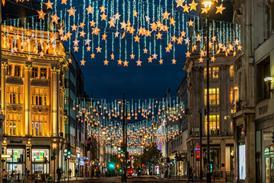







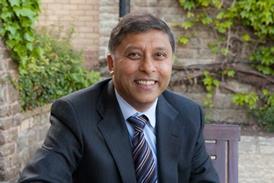












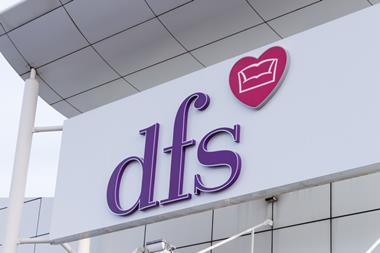
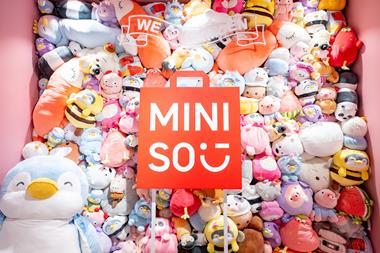
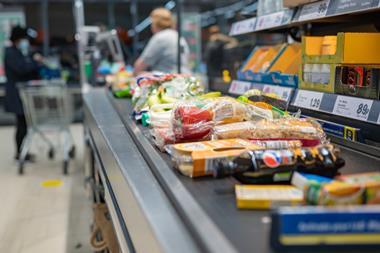

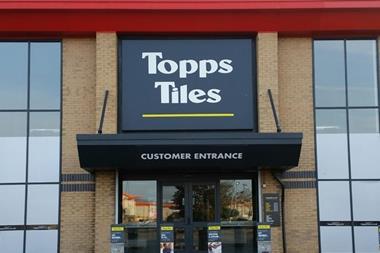
No comments yet